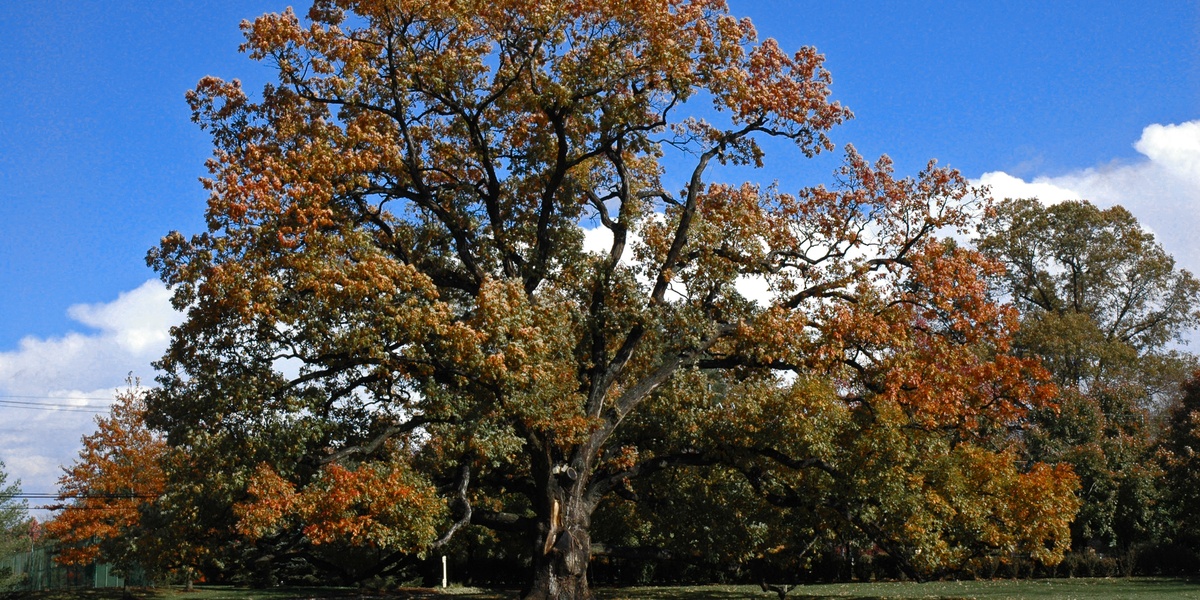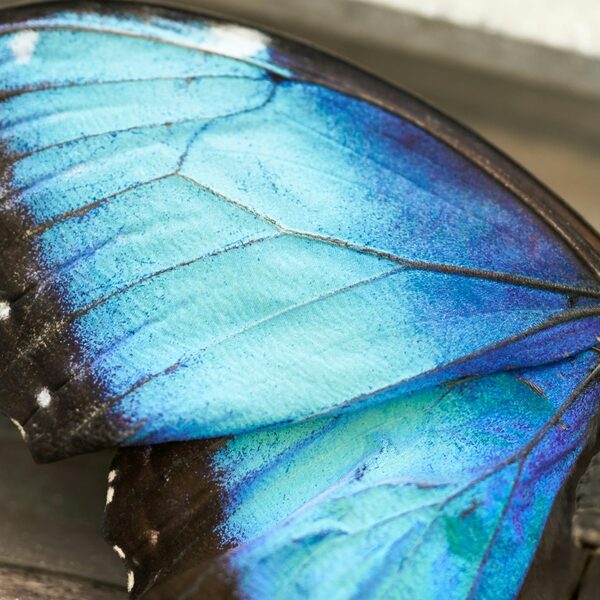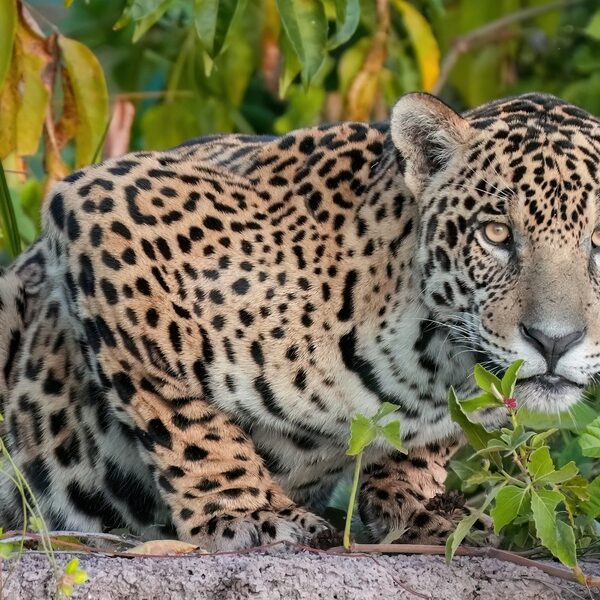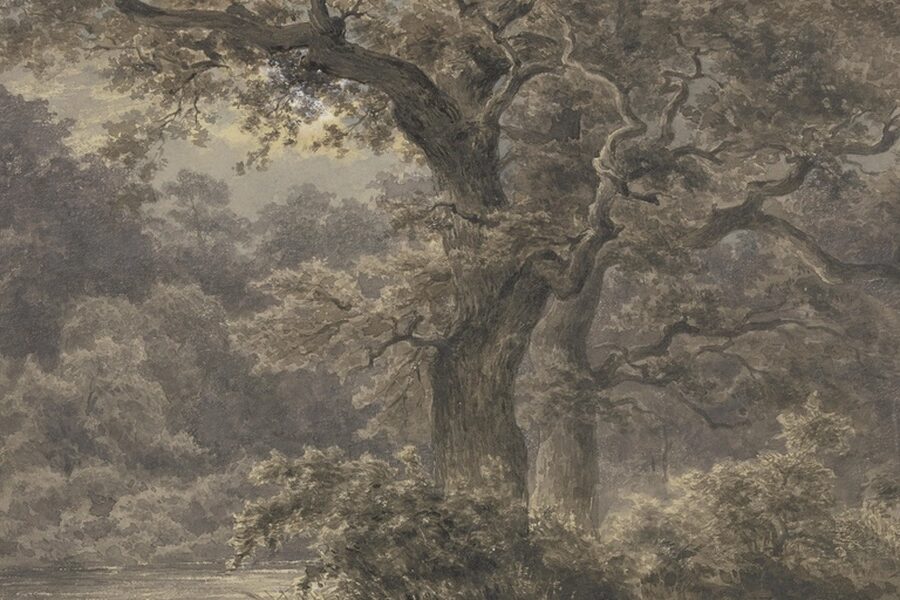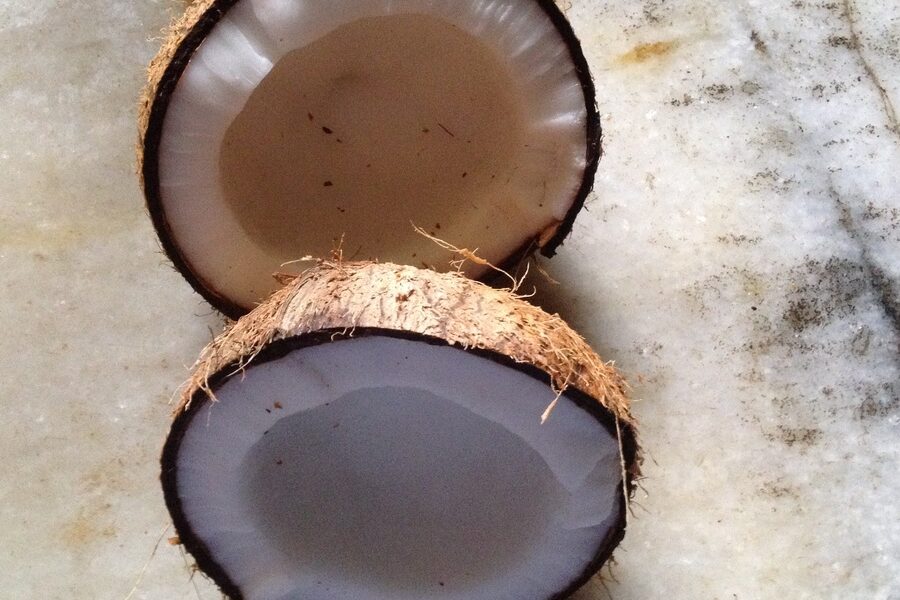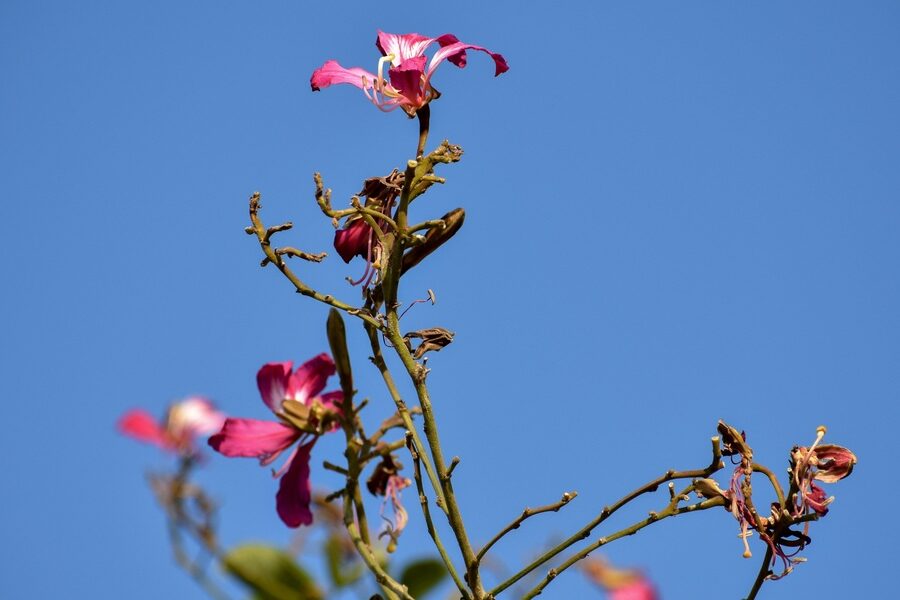Walking a shaded trail, you notice layers of life from low herbs to towering canopy trees—each species plays a role in soil, wildlife, and seasonal color. This list focuses on the plants commonly found across temperate woodlands and the practical details that help you recognize them where you hike or work.
There are 65 temperate forest vegetation, ranging from American Beech to Wood Anemone. For each entry you’ll find below the following columns: Scientific name, Plant type/layer, Typical height (m), Range (regions).
How can I use the table to identify a plant I see on a hike?
Compare the plant’s overall layer (tree, shrub, herb), approximate height, and region against the table; start by narrowing to species that occur in your region, then match growth form and height—flowering time and leaf shape help confirm identification, and local field guides or photos speed things up.
Do the listed species include both native and introduced plants?
Yes—ranges in the table indicate where each species is commonly found, and many entries include non-native occurrences; use the Range (regions) column to spot which plants are native to your area and consult local conservation resources for status and management notes.
Temperate Forest Vegetation
| Common name | Scientific name | Plant type/layer | Typical height (m) | Range (regions) |
|---|---|---|---|---|
| Sugar Maple | Acer saccharum | Canopy tree | 30 | Eastern North America |
| American Beech | Fagus grandifolia | Canopy tree | 30 | Eastern North America |
| White Oak | Quercus alba | Canopy tree | 28 | Eastern North America |
| Tulip Tree | Liriodendron tulipifera | Canopy tree | 40 | Eastern North America |
| Eastern Hemlock | Tsuga canadensis | Canopy tree | 25 | Eastern North America |
| Douglas Fir | Pseudotsuga menziesii | Canopy tree | 70 | Western North America |
| Coast Redwood | Sequoia sempervirens | Canopy tree | 100 | Coastal California, USA |
| English Oak | Quercus robur | Canopy tree | 35 | Europe, Western Asia |
| European Beech | Fagus sylvatica | Canopy tree | 35 | Europe |
| Scots Pine | Pinus sylvestris | Canopy tree | 30 | Europe, Asia |
| Japanese Maple | Acer palmatum | Subcanopy tree | 8 | Japan, China, Korea |
| Ginkgo | Ginkgo biloba | Canopy tree | 25 | China |
| Flowering Dogwood | Cornus florida | Subcanopy tree | 9 | Eastern North America |
| Pawpaw | Asimina triloba | Subcanopy tree | 8 | Eastern North America |
| American Holly | Ilex opaca | Subcanopy tree | 15 | Southeastern USA |
| Spicebush | Lindera benzoin | Shrub | 3 | Eastern North America |
| Witch Hazel | Hamamelis virginiana | Shrub | 5 | Eastern North America |
| Mountain Laurel | Kalmia latifolia | Shrub | 4 | Eastern North America |
| Salal | Gaultheria shallon | Shrub | 1 | Western North America |
| Highbush Blueberry | Vaccinium corymbosum | Shrub | 3 | Eastern North America |
| Elderberry | Sambucus canadensis | Shrub | 4 | North America |
| Hazel | Corylus avellana | Shrub | 5 | Europe, Western Asia |
| Virginia Creeper | Parthenocissus quinquefolia | Vine | 15 | Eastern North America |
| Wild Grape | Vitis spp. | Vine | 20 | North America, Europe, Asia |
| Poison Ivy | Toxicodendron radicans | Vine/Shrub | 1 | North America, Asia |
| English Ivy | Hedera helix | Vine | 25 | Europe, Western Asia |
| Trillium | Trillium grandiflorum | Herb/forb | 0.4 | Eastern North America |
| Mayapple | Podophyllum peltatum | Herb/forb | 0.5 | Eastern North America |
| Bloodroot | Sanguinaria canadensis | Herb/forb | 0.2 | Eastern North America |
| Jack-in-the-pulpit | Arisaema triphyllum | Herb/forb | 0.6 | Eastern North America |
| Wild Ginger | Asarum canadense | Herb/forb | 0.15 | Eastern North America |
| Dutchman’s Breeches | Dicentra cucullaria | Herb/forb | 0.25 | Eastern North America |
| Bluebell | Hyacinthoides non-scripta | Herb/forb | 0.4 | Western Europe |
| Garlic Mustard | Alliaria petiolata | Herb/forb | 0.8 | Europe, Asia, North America (invasive) |
| Stinging Nettle | Urtica dioica | Herb/forb | 2 | Worldwide temperate regions |
| Christmas Fern | Polystichum acrostichoides | Fern | 0.6 | Eastern North America |
| Ostrich Fern | Matteuccia struthiopteris | Fern | 1.5 | Northern Hemisphere temperate regions |
| Cinnamon Fern | Osmundastrum cinnamomeum | Fern | 1.2 | Americas, Eastern Asia |
| Maidenhair Fern | Adiantum pedatum | Fern | 0.5 | North America, East Asia |
| Bracken Fern | Pteridium aquilinum | Fern | 1 | Worldwide temperate regions |
| Western Sword Fern | Polystichum munitum | Fern | 1.2 | Western North America |
| Common Haircap Moss | Polytrichum commune | Moss | 0.1 | Worldwide |
| Pincushion Moss | Leucobryum glaucum | Moss | 0.08 | North America, Europe |
| Stair-step Moss | Hylocomium splendens | Moss | 0.15 | Northern Hemisphere cool temperate/boreal |
| Old Man’s Beard | Usnea spp. | Lichen | 0.1 | Worldwide in humid climates |
| British Soldiers Lichen | Cladonia cristatella | Lichen | 0.02 | Eastern North America |
| Lungwort Lichen | Lobaria pulmonaria | Lichen | 0.15 | Europe, Asia, North America |
| Morel | Morchella esculenta | Fungus | 0.12 | North America, Europe |
| Fly Agaric | Amanita muscaria | Fungus | 0.2 | Northern Hemisphere temperate regions |
| Shaggy Mane | Coprinus comatus | Fungus | 0.15 | North America, Europe |
| Turkey Tail | Trametes versicolor | Fungus | 0.1 | Worldwide |
| False Solomon’s Seal | Maianthemum racemosum | Herb/forb | 0.7 | North America |
| Solomon’s Seal | Polygonatum biflorum | Herb/forb | 0.8 | Eastern North America |
| Wild Geranium | Geranium maculatum | Herb/forb | 0.5 | Eastern North America |
| Black Walnut | Juglans nigra | Canopy tree | 35 | Eastern North America |
| Shagbark Hickory | Carya ovata | Canopy tree | 25 | Eastern North America |
| Sweetgum | Liquidambar styraciflua | Canopy tree | 30 | Southeastern USA, Mexico, Central America |
| Redbud | Cercis canadensis | Subcanopy tree | 9 | Eastern North America |
| Norway Spruce | Picea abies | Canopy tree | 40 | Europe |
| Giant Sequoia | Sequoiadendron giganteum | Canopy tree | 85 | California’s Sierra Nevada |
| Larch (Tamarack) | Larix laricina | Canopy tree | 20 | North America |
| Ramps (Wild Leek) | Allium tricoccum | Herb/forb | 0.3 | Eastern North America |
| Sassafras | Sassafras albidum | Subcanopy tree | 15 | Eastern North America |
| Wood Anemone | Anemone nemorosa | Herb/forb | 0.2 | Europe |
| Rhododendron | Rhododendron maximum | Shrub | 6 | Eastern North America |
Images and Descriptions
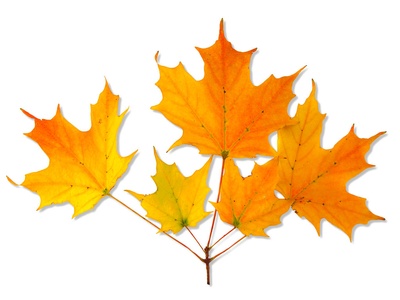
Sugar Maple
Famous for its brilliant autumn foliage of red, orange, and yellow, and as the primary source of maple syrup. Its five-lobed leaves are a classic symbol of Canada. Provides dense shade in summer.
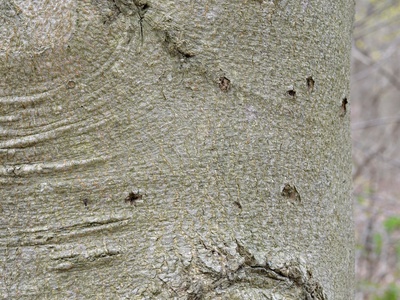
American Beech
A majestic tree with smooth, light gray bark. Its golden-bronze leaves cling to branches into winter. Produces edible beechnuts, a key food source for bears, squirrels, and other wildlife.
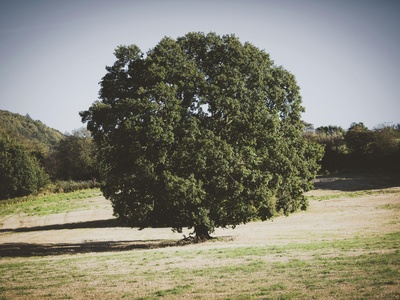
White Oak
A massive, long-lived tree with distinctive light gray, scaly bark and lobed leaves. Its acorns are a critical food source for wildlife, and its durable wood is prized for furniture and barrels.
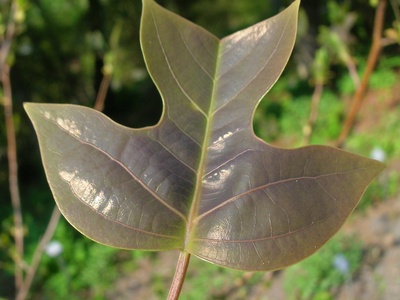
Tulip Tree
A tall, straight tree recognized by its unique four-lobed leaves and large, tulip-shaped, greenish-yellow flowers in spring. It’s one of the tallest eastern hardwoods and a favorite of pollinators.
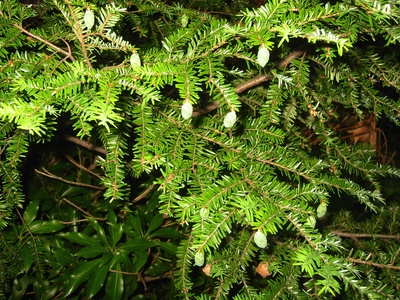
Eastern Hemlock
A graceful conifer with short, flat needles and small cones, thriving in cool, moist valleys. It creates deep shade, forming unique microclimates that support specific understory communities.
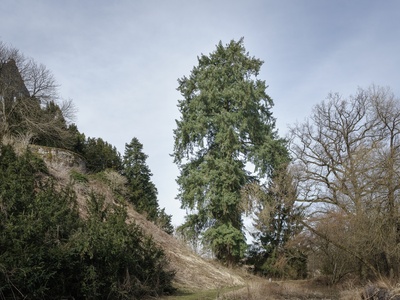
Douglas Fir
A dominant conifer of the Pacific Northwest, not a true fir. Identified by its unique cones with snake-tongue-like bracts. Its wood is incredibly important for the lumber industry.
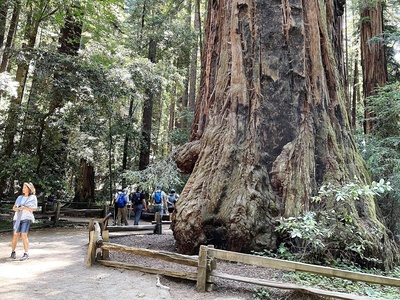
Coast Redwood
The world’s tallest tree, forming magnificent ancient forests. It has reddish-brown, fibrous bark and feathery evergreen foliage. These forests are vital, carbon-sequestering ecosystems.
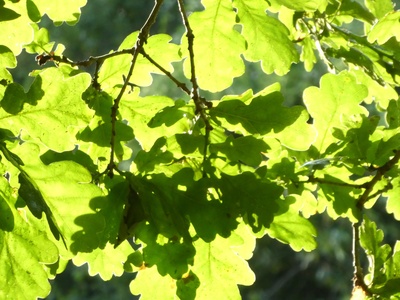
English Oak
A symbol of strength and endurance, this long-lived oak has classic lobed leaves and supports more wildlife than any other native European tree. Its acorns are a key food source for many animals.
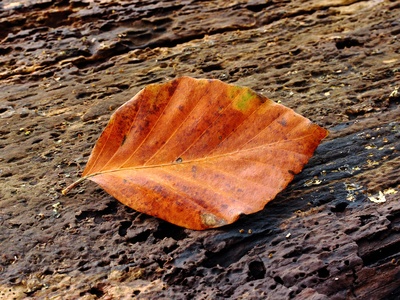
European Beech
Known for its smooth, silver-gray bark and wave-edged leaves that turn a rich copper in fall. It creates a dense canopy, leading to a sparse understory often carpeted in its leaf litter.
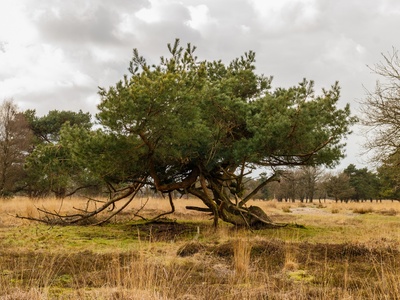
Scots Pine
The only pine native to Great Britain, recognized by its orange-red upper bark, blue-green needles in pairs, and conical cones. It is a highly adaptable and commercially important timber tree.
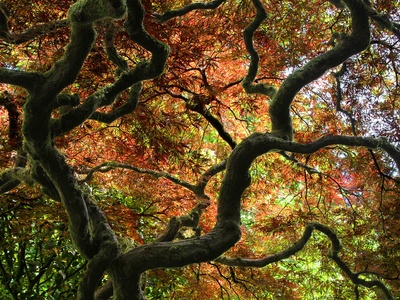
Japanese Maple
A small, elegant tree prized for its delicate, deeply lobed leaves. In the wild, its foliage offers spectacular autumn color. It fills the understory with form and seasonal interest.
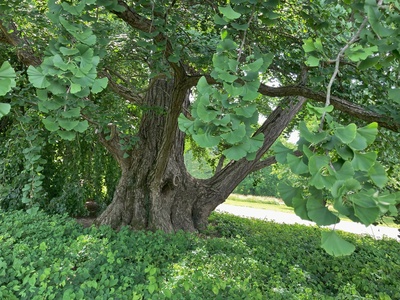
Ginkgo
A living fossil, this unique tree has fan-shaped leaves that turn a brilliant yellow in fall. It is extremely resilient and has been cultivated for centuries, originating in Chinese temperate forests.
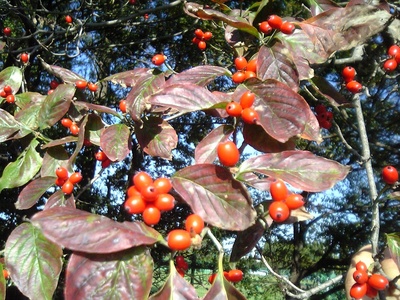
Flowering Dogwood
A beloved small tree known for its showy spring display. The “flowers” are actually four large white or pink bracts surrounding a cluster of tiny yellow flowers, followed by bright red berries.
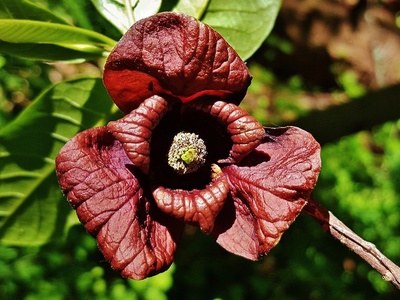
Pawpaw
Produces the largest edible fruit native to North America, with a tropical, custard-like flavor. It has large, drooping leaves and spreads by root suckers to form dense patches in the understory.
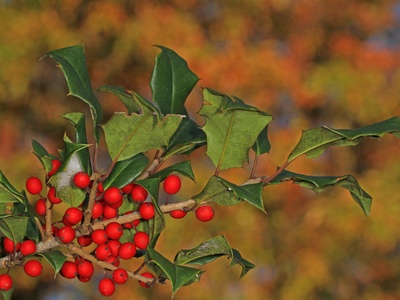
American Holly
An evergreen tree with spiny, dark green leaves and bright red berries on female plants in winter. It provides crucial food and shelter for birds during the cold months.
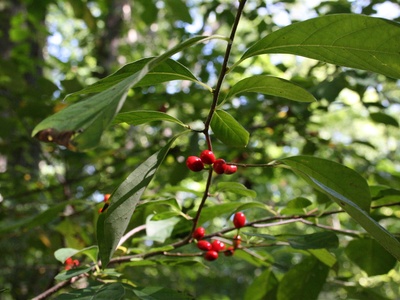
Spicebush
One of the first shrubs to bloom in spring, with small, fragrant yellow flowers appearing before the leaves. Crushed leaves and twigs have a spicy scent. Red berries feed migratory birds.
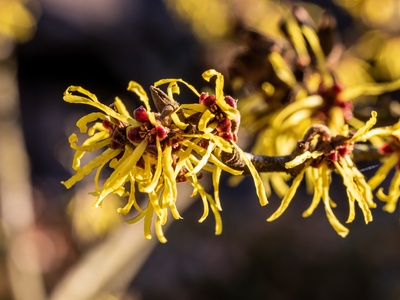
Witch Hazel
A unique shrub that flowers in late autumn after its leaves have fallen. Its fragrant, yellow, ribbon-like petals provide nectar for winter moths. An extract is used in skincare products.
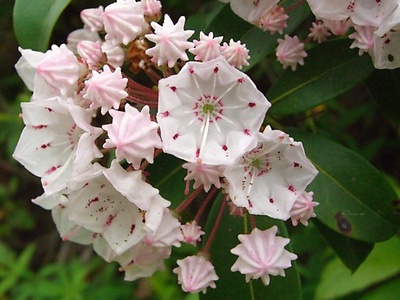
Mountain Laurel
A broadleaf evergreen shrub with spectacular clusters of pink or white cup-shaped flowers in late spring. Its tough, leathery leaves provide winter cover for wildlife.
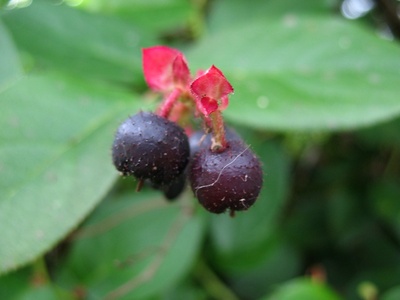
Salal
A tough, leathery evergreen shrub that forms dense thickets in coniferous forests. It produces edible, dark-blue berries and its leaves are popular in the floral industry.
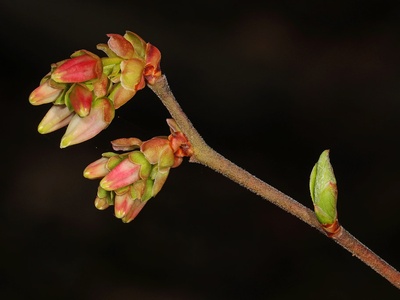
Highbush Blueberry
A multi-stemmed shrub that produces delicious summer berries, a favorite of people and wildlife alike. Features white, bell-shaped spring flowers and brilliant red fall foliage.
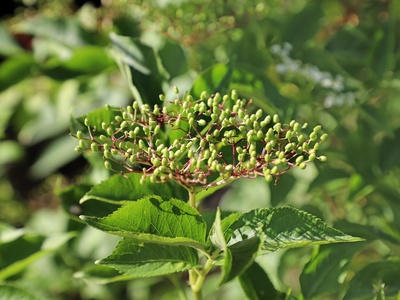
Elderberry
A fast-growing shrub with large, compound leaves and flat-topped clusters of white flowers in summer. The flowers and dark purple berries are used to make wines, syrups, and jellies.
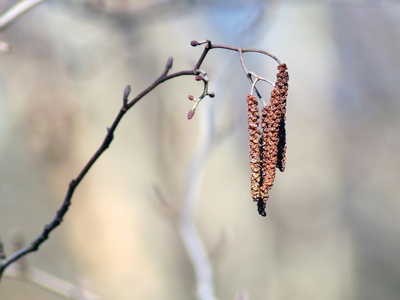
Hazel
A multi-stemmed shrub known for its long, yellow catkins (lamb’s tails) in late winter and its production of edible hazelnuts in autumn. Provides important food and habitat.
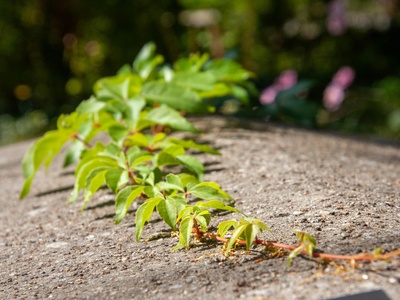
Virginia Creeper
A fast-growing native vine that climbs trees and walls using adhesive discs. It’s identified by its five-leaflet compound leaves that turn a brilliant scarlet in the fall. Berries feed birds.
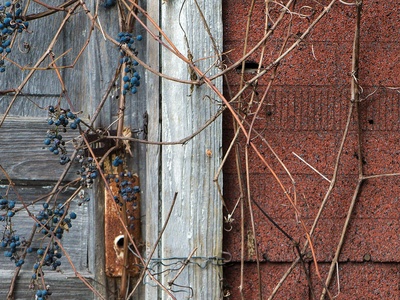
Wild Grape
A woody vine that climbs high into the forest canopy using tendrils. It has large, heart-shaped leaves and produces tart grapes that are a vital food source for dozens of bird and mammal species.
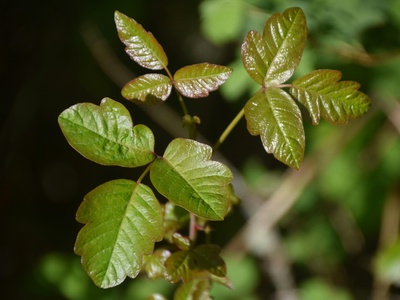
Poison Ivy
Famous for causing an itchy rash from its oil, urushiol. It is identified by its compound leaves of three pointed leaflets (“leaves of three, let it be”). Provides fall berries for birds.
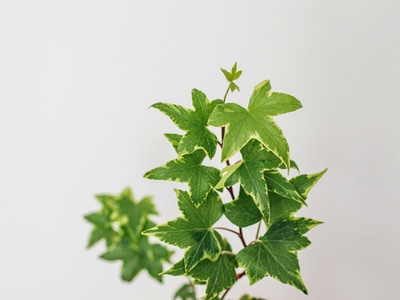
English Ivy
An evergreen climbing vine, widely naturalized and often invasive in North America. While providing winter cover, it can smother native vegetation and damage trees by blocking sunlight.
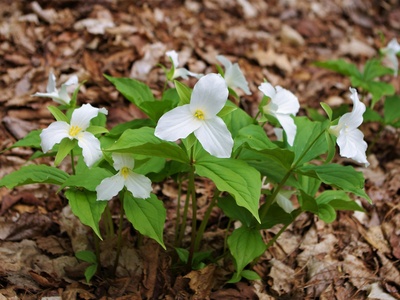
Trillium
An iconic spring ephemeral with three leaves, three sepals, and three large white petals that fade to pink with age. It carpets the forest floor in early spring before the canopy leafs out.
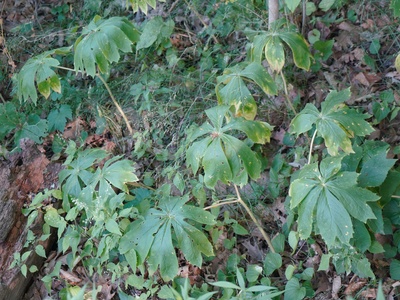
Mayapple
Forms dense colonies on the forest floor, recognized by its large, twin umbrella-like leaves. A single white flower hides between the two leaves, which develops into a small, edible fruit.
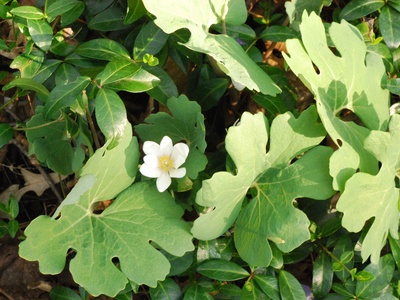
Bloodroot
One of the first spring wildflowers, with a pristine white, multi-petaled flower that wraps itself in a single lobed leaf. It gets its name from the red sap in its rhizome.
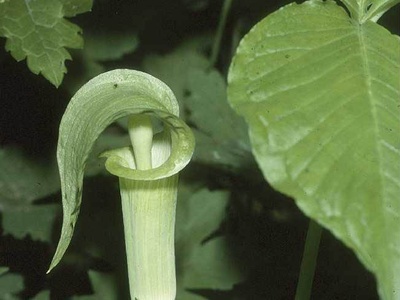
Jack-in-the-pulpit
A unique plant with a hooded flower structure (the spathe, or “pulpit”) containing a flower spike (the spadix, or “Jack”). It produces a cluster of bright red berries in late summer.
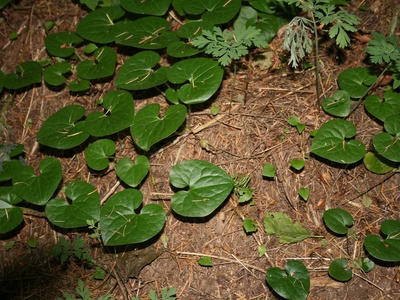
Wild Ginger
A low-growing groundcover with fuzzy, heart-shaped leaves. It hides a single, maroon-colored, bell-shaped flower at its base, pollinated by flies and gnats. Its root has a ginger-like aroma.
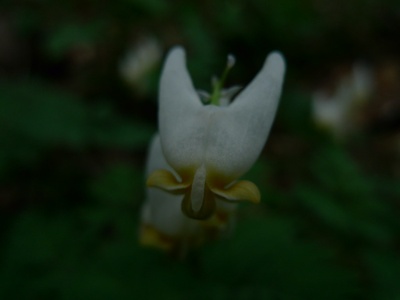
Dutchman’s Breeches
A delicate spring ephemeral with feathery, fern-like leaves and a spray of white flowers that look like tiny pantaloons hanging upside down. It is an important nectar source for early-season queen bumblebees.
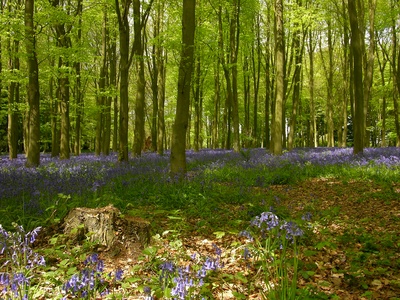
Bluebell
Famous for creating spectacular “blue carpets” in European woodlands in spring. It has nodding, violet-blue, bell-shaped flowers with a sweet scent, all hanging from one side of the stem.
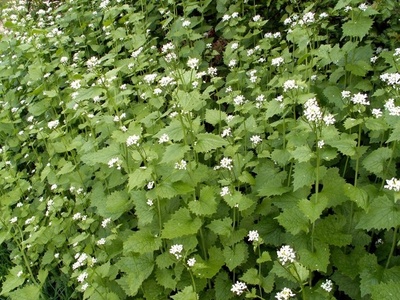
Garlic Mustard
An aggressive invasive herb that outcompetes native wildflowers. It’s identified by its heart-shaped, toothed leaves that smell of garlic when crushed and its small, four-petaled white flowers.
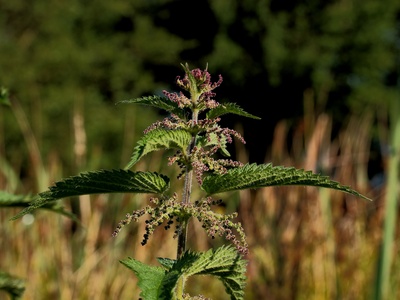
Stinging Nettle
Covered in tiny, hollow hairs that inject irritating chemicals when touched. Despite its sting, it is a highly nutritious edible green when cooked and is a host plant for several butterfly species.
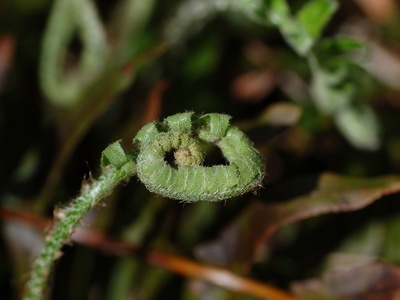
Christmas Fern
An evergreen fern with leathery, stocking-shaped leaflets, hence its name. It remains green through winter, providing color to the forest floor and stabilizing soil on slopes.
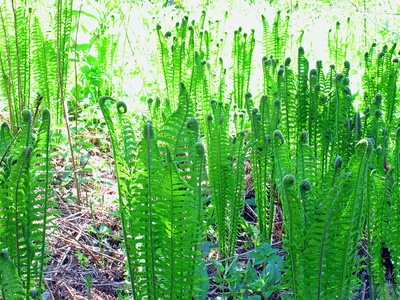
Ostrich Fern
A large, dramatic fern with graceful, feather-like sterile fronds that form a vase-like clump. It produces separate, shorter, dark brown fertile fronds that persist through winter. Its young fiddleheads are edible.
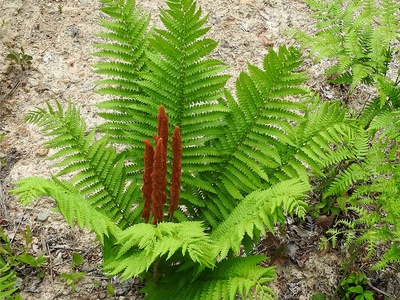
Cinnamon Fern
Named for its striking, cinnamon-colored fertile fronds that emerge in the center of a clump of large, green sterile fronds. It thrives in wet, swampy areas of the forest.
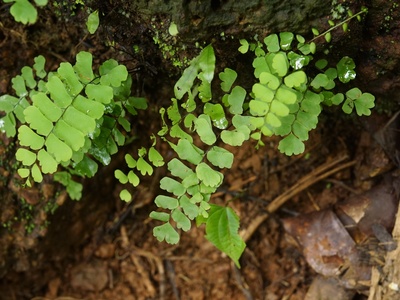
Maidenhair Fern
A delicate and graceful fern with a distinctive circular pattern of leaflets on fine, black, wiry stems. It prefers rich, moist soils in the shade of deciduous woodlands.
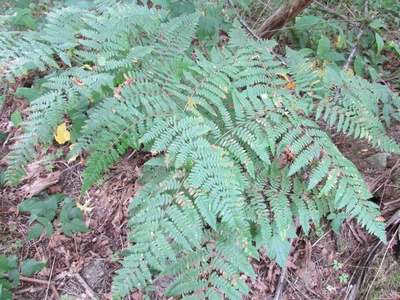
Bracken Fern
A highly successful, aggressive fern that can form vast colonies. It has large, triangular fronds on a tall stalk and spreads rapidly via deep, underground rhizomes.
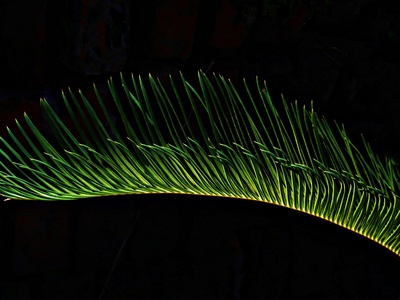
Western Sword Fern
A robust, evergreen fern that is a keystone understory species in Pacific Northwest coniferous forests. Its dark green, leathery fronds form dense, shuttlecock-like clumps.
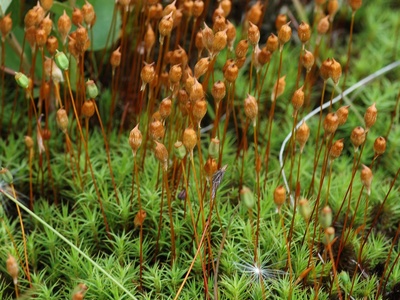
Common Haircap Moss
A common moss that forms dense, dark green carpets, resembling tiny pine or cedar seedlings. Its wiry stems make it tough and resilient. It helps stabilize soil and retain moisture.
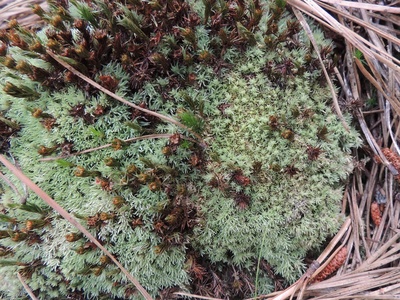
Pincushion Moss
Forms distinctive, dense, cushion-like mounds that are a pale, whitish-green color. The clumps can hold a large amount of water, acting like a sponge on the forest floor.
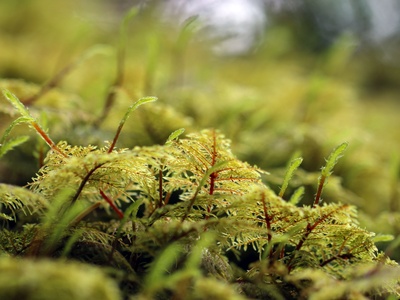
Stair-step Moss
A beautiful feathery moss with a unique growth pattern, producing a new “step” or frond each year from the previous year’s growth. It forms lush, multi-layered carpets.
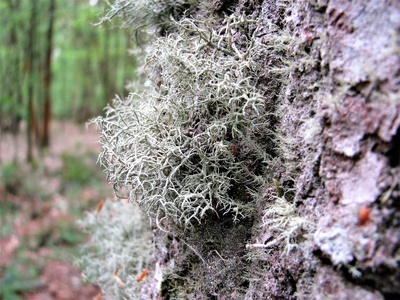
Old Man’s Beard
A tufted, hair-like lichen that hangs from tree branches, resembling a gray-green beard. It is very sensitive to air pollution, so its presence indicates good air quality.
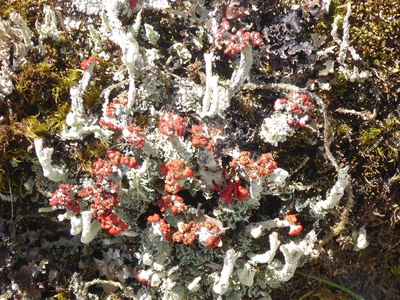
British Soldiers Lichen
A tiny but eye-catching lichen with pale greenish-gray stalks topped with brilliant red fruiting bodies, resembling the red coats of British soldiers from the Revolutionary War era.
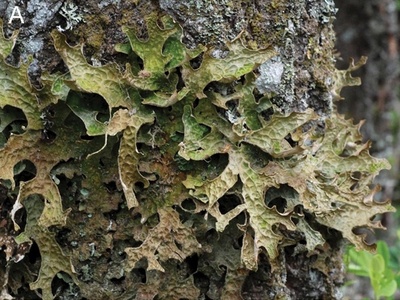
Lungwort Lichen
A large, leafy lichen with a surface that resembles the lobes of a lung. When wet, it is bright green; when dry, it is brownish and papery. It indicates clean air and ancient woodlands.
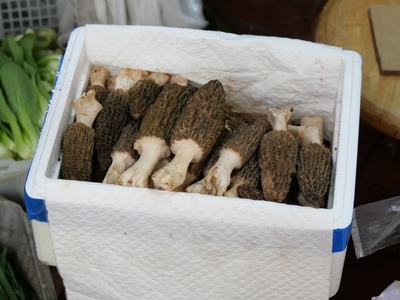
Morel
A highly sought-after edible mushroom that appears in spring. Its distinctive honeycombed, conical cap makes it easy to identify. It is a decomposer, breaking down organic matter on the forest floor.
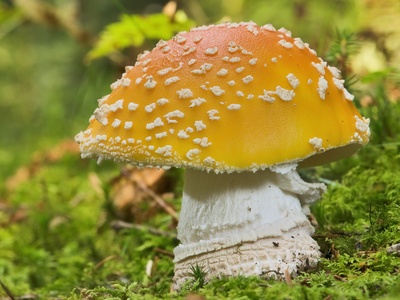
Fly Agaric
The classic fairytale toadstool with a bright red or orange cap dotted with white “warts.” While iconic, it is poisonous and hallucinogenic, playing a role in decomposing leaf litter.
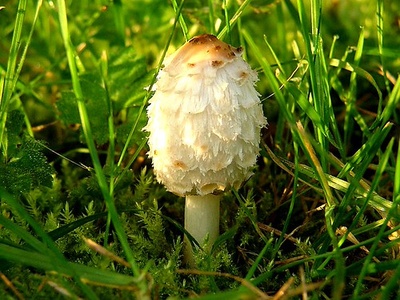
Shaggy Mane
An unusual mushroom that grows in disturbed areas and forest edges. Its tall, white, shaggy cap quickly dissolves into a black, inky liquid to release its spores. Edible only when young.
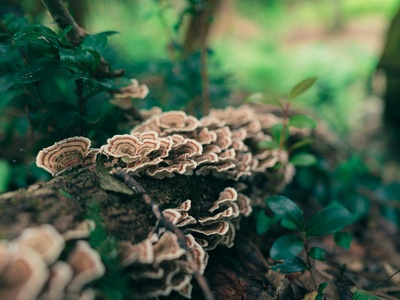
Turkey Tail
A common bracket fungus found on dead logs, named for its colorful, fan-shaped concentric rings that resemble a turkey’s tail. It is a vital decomposer of wood.
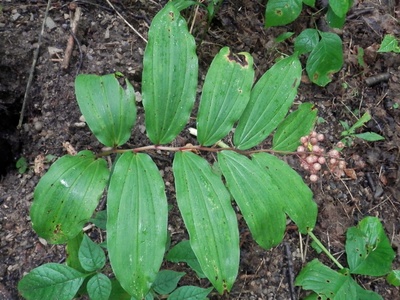
False Solomon’s Seal
Features an arching, unbranched stem with alternating leaves. A fluffy, white cluster of flowers blooms at the tip of the stem in spring, followed by red, speckled berries.
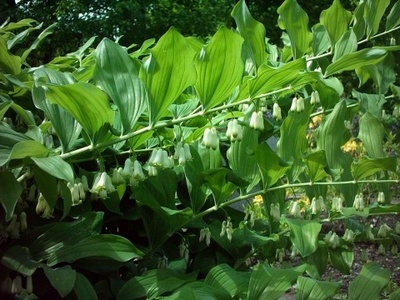
Solomon’s Seal
Distinguished by pairs of small, bell-shaped, greenish-white flowers that dangle beneath its arching stem. The root has scars that resemble the seal of King Solomon.
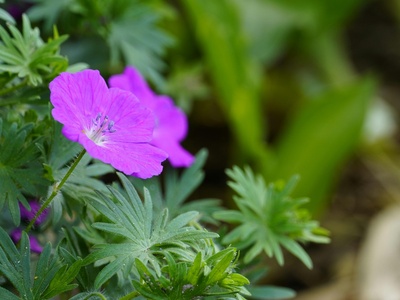
Wild Geranium
A common woodland wildflower with deeply lobed leaves and delicate pink or lavender five-petaled flowers in spring. It’s a valuable nectar source for bees and other pollinators.
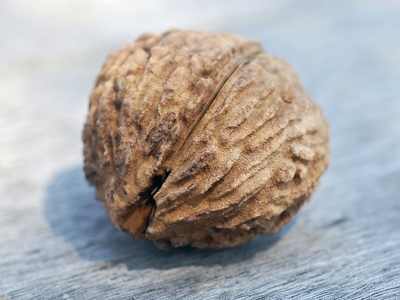
Black Walnut
A valuable timber tree known for its rich, dark wood and flavorful nuts. Its roots release a chemical called juglone, which can inhibit the growth of many other plants nearby.
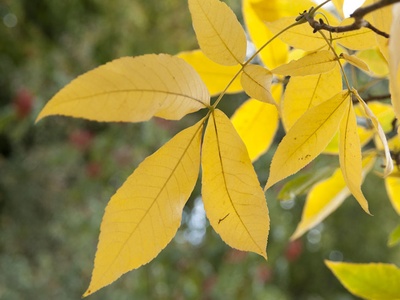
Shagbark Hickory
Easily identified by its unique, shaggy bark that peels off in long, curving strips. It produces sweet, edible nuts enclosed in a thick husk, a favorite food of squirrels.
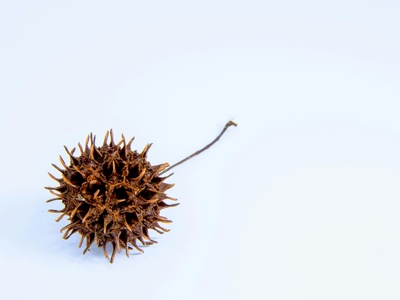
Sweetgum
Recognized by its star-shaped leaves that produce a spectacular fall color display of yellow, purple, and red. It also produces spiky, gumball-like fruits that persist into winter.
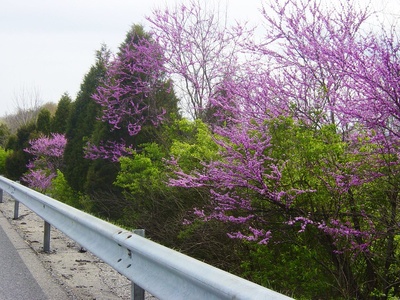
Redbud
A stunning small tree that covers its bare, dark branches with vibrant pinkish-purple blossoms in early spring, before its heart-shaped leaves emerge. Its flowers are edible.
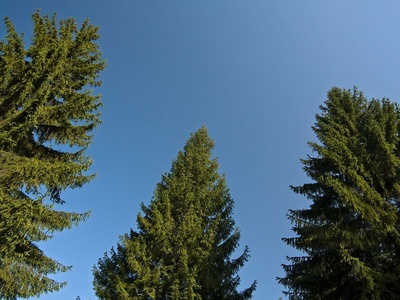
Norway Spruce
A fast-growing conifer with drooping branchlets and the longest cones of any spruce. Widely planted for timber and as Christmas trees, it is a dominant species in many European forests.
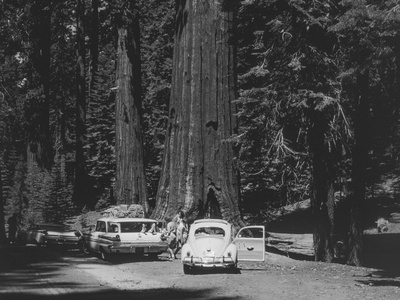
Giant Sequoia
The world’s most massive tree by volume, known for its immense, reddish-brown trunk and cinnamon-colored bark. These ancient giants are adapted to survive forest fires.
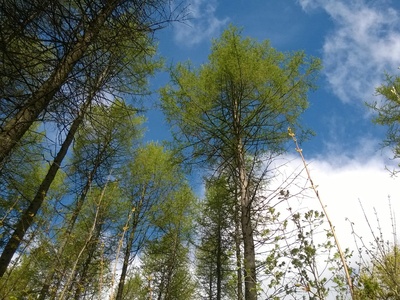
Larch (Tamarack)
A deciduous conifer, unusual for its soft, blue-green needles that turn a brilliant golden-yellow in fall before dropping. It thrives in cool, moist environments like bogs and forest edges.
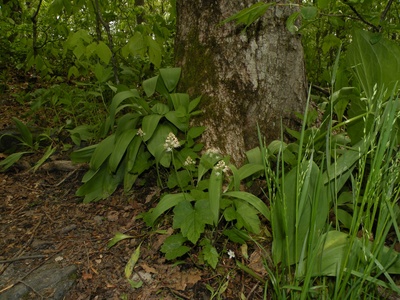
Ramps (Wild Leek)
A spring ephemeral prized by foragers for its strong garlic-onion flavor. It has broad, smooth green leaves that die back before the white flowers bloom in summer.
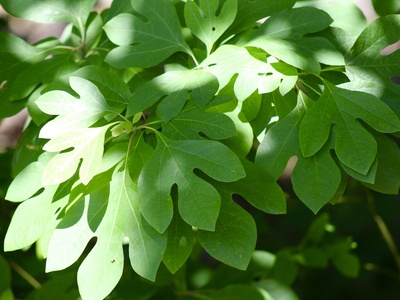
Sassafras
A unique tree identified by its three different leaf shapes on the same plant: unlobed oval, two-lobed mitten, and three-lobed ghost. All parts of the tree are aromatic.
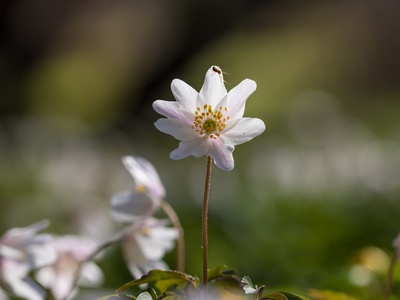
Wood Anemone
A delicate spring wildflower that forms white carpets in ancient woodlands. Its star-like white flowers, often tinged with pink, follow the sun and close at night or during rain.
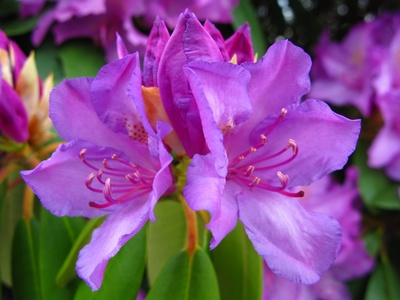
Rhododendron
A large, evergreen shrub with long, leathery leaves and impressive clusters of pale pink or white flowers in early summer. It often forms dense, impenetrable thickets called “rhododendron hells”.
